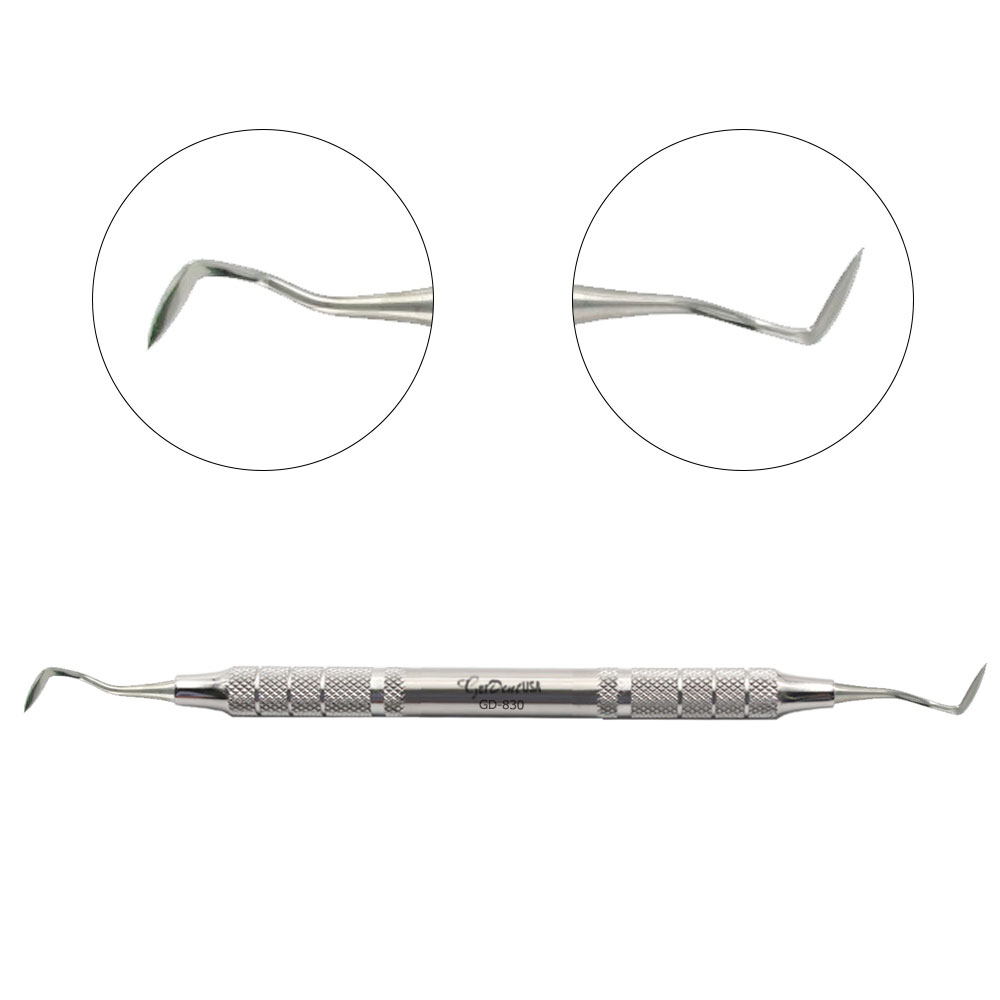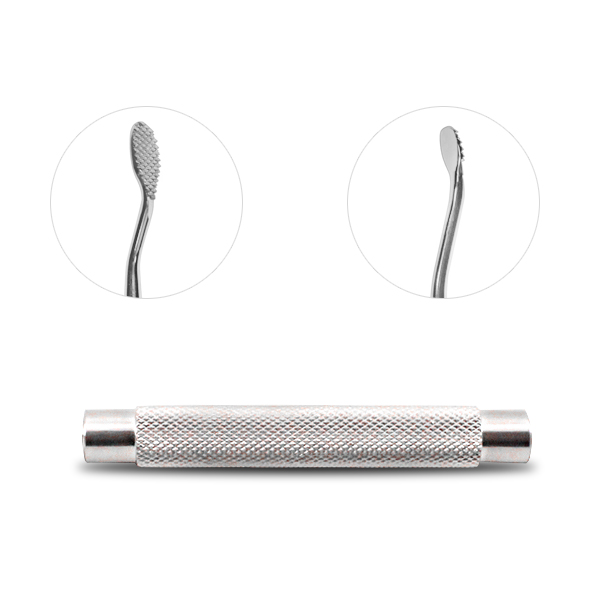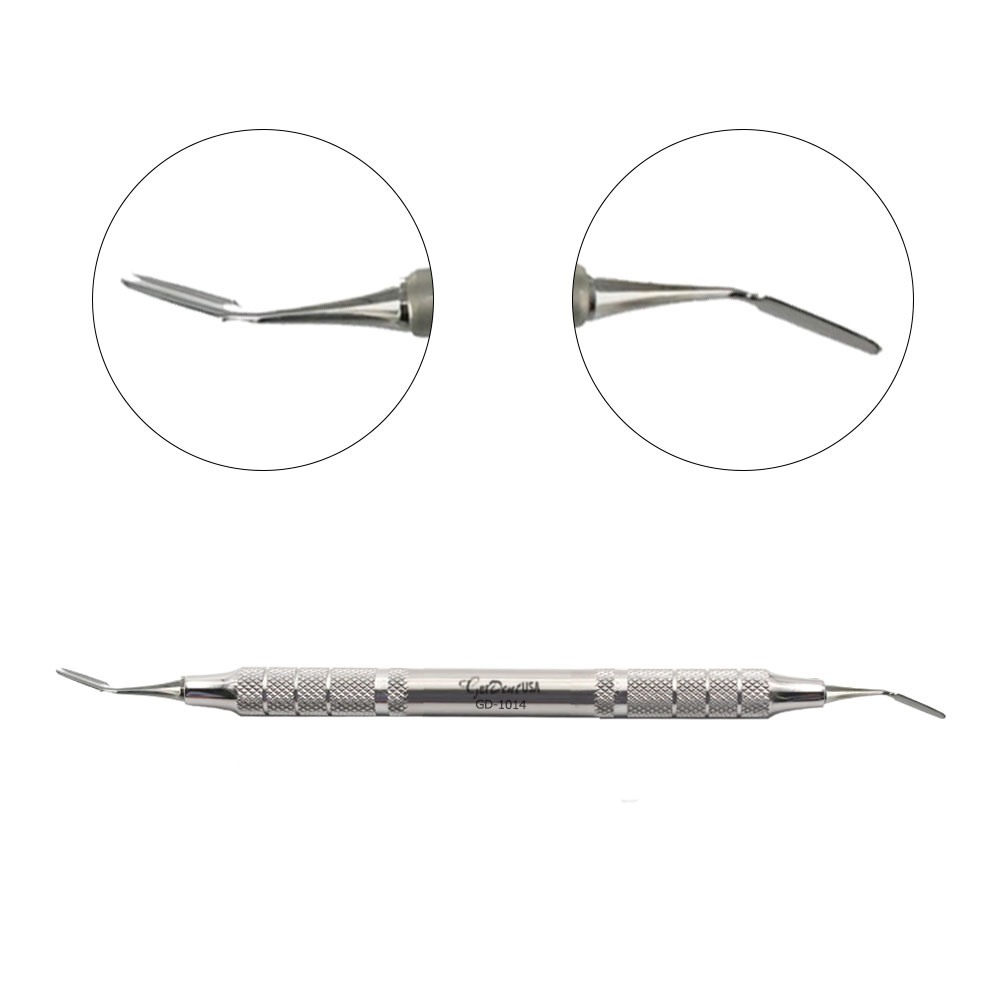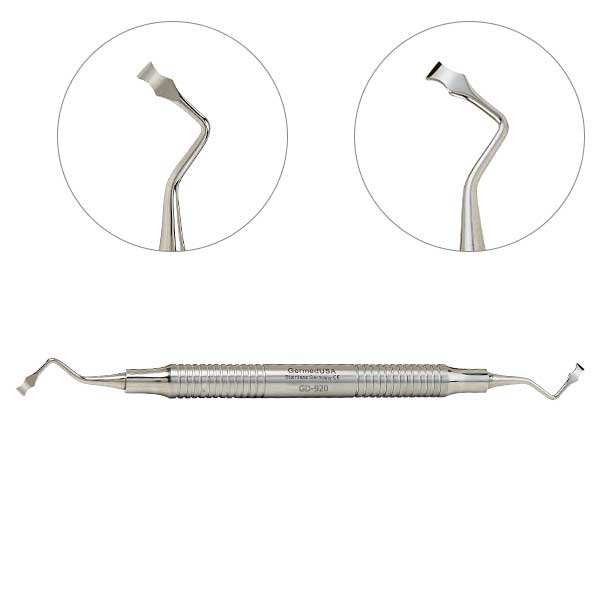Periodontal Disease Types
Gum diseases are common occurrences in middle and older-aged people. Gum diseases are also known as Gingivitis and periodontitis. These occur when bacteria from plaque accumulates on the gingiva. This causes the gingival attachment to loosen and teeth to become mobile. Gingivitis precedes periodontitis; however, not every case of gingivitis needs to lead to periodontitis. Gingivitis is gum inflammation that results from bacteria accumulating on the gingiva. The gums become inflamed and may bleed during regular tooth brushing. No irreversible damage is seen during gingivitis and hence no bone loss is experienced.
Periodontitis on the other hand is a disease that progresses from gingivitis. It is when the gums lose their attachment to the tooth and form pockets. The gingival pockets accumulate debris which gives rise to bacteria. The immune system fights the bacteria. As a result, toxins produced by bacteria and the immune system cause the loss of bone and connective tissues. Due to bone loss, teeth become loose and tooth loss is experienced. Periodontitis if not treated early may be irreversible.
While the condition is largely caused by poor oral hygiene habits, several other factors may be involved too. Treatments for Severe periodontitis and gingivitis may only be through surgical procedures. Soft tissue grafts, bone grafts, and flap surgery/ pocket reduction surgery are done as treatment procedures. These surgical procedures require a myriad of tools. These tools are discussed in the article below.
Tools For Periodontal Surgery:
Although many tools are required for periodontal disease surgery, Basic tools come into use for all clinical procedures and are not discussed here. Specialized periodontal tools for periodontal surgical procedures are as follows:
Surgical knives are excisional and incisional instruments. They come in use for recontouring or removing soft tissues. They also come in use for the excision of soft tissues.
Kirkland knives come in use for gingivectomy procedures. Incisional and excisional instruments include Kirkland knives and Orban knives. Orban knives are interdental knives, they are spear-shaped periodontal knives. These have two cutting edges,that come into use in the interdental area. Kirkland knives are single or double-ended instruments. They are handheld instruments, with a kidney-shaped bevel of the cutting edge.
The periodontal files are also handheld instruments, they come in use for breaking away moderate to heavy calculus deposits. They also come in use for debriding the periodontal pockets. The instrument has a narrow end with blades to crush the calculus deposits.
Another variant of the periodontal file, known as the Hirschfield file has a very narrow cutting edge with horizontal blades, these are for use in buccal and lingual areas to crush up the heavy calculus deposits.
Surgical curettes are heavy-bladed instruments. They have a wide cutting edge and come in use for the removal of granulation tissue. They also remove tough fibrous interdental tissue and hard tenacious subgingival deposits. Kramer surgical curettes and Kirkland surgical curettes come in use for subgingival curettage and root planing. They are designed with extra length to gain good access in obscured areas. They are employed during the initial phases of periodontal surgery. However, they also come into use during the surgical procedure.
Periotomes are handheld instruments used for Atraumatic extraction procedures. These are slender instruments that sever the periodontal ligament around the tooth to cleanly extract teeth from their sockets. The instrument is composed of a handle, shank, and blade. The handle has a serrated outer body for firm gripping of the instrument. Periotomes reduce soft tissue injury and promote quick post-operative healing. These are important instruments in the periodontal surgery armamentarium.
Surgical chisels are handheld instruments that are for removing and reshaping the bone. The cutting edges of the chisels are beveled. They project beyond the long axis of the instrument handle. This is to keep the instrument effective even if the blades get dull. They come in use for detaching pocket walls after incision for gingivectomy procedures.
The ocheinbien chisel is an instrument that has semicircular indentations on both sides of the working end. This makes it possible for the instrument to engage around the tooth and to also engage into the interdental area.
How to Stop Gum Diseases?
There are ways to prevent Gum diseases. Healthy hygiene habits and a proper routine of brushing and flossing prevents gum diseases. However, if your teeth bleed on regular brushing, then you may have to see a dentist. Hence if a gum disease is diagnosed, there is no other way of stopping it, other than vising your dentist.
Your dentist may advise you mouthwashes and oral or topical antibiotics to reduce the bacterial load in the Gingiva. Other than that, he may advise you for scaling and root planning depending on the severity of your condition.
Hence Gum diseases, such as gingivitis and periodontitis need professional help and they cannot be stopped otherwise. You may have to visit your dentist, if you notice bleeding on brushing and flossing or if you feel that your gums may have become swollen. Your dentist will help you.
Instrument Maintenance:
Instrument maintenance is easy. It requires the clinicians to be proactive and periodically examine the instruments to check for sharpness, mobility and locking systems. Time to time inspection is important to ensure that instruments are in good condition and are fit for surgery.
Overtime, instruments may lose their sharpness. Blades tend to get dull and instrument efficiency is compromised. Hence examination of instrument prior to use is essential to ensure that they are fit for purpose.
We also offer customization of dentistry instruments. Innovative instrument designs are encouraged for the betterment of the healthcare markets. Practicing Doctors are encouraged to come up with innovative instrument designs for customization. Our experience in the sector has proved us one of the best sellers of Dental equipment today. We sell the highest quality dental tools that are available in the healthcare market today. Our craftsmen are dedicated and passionate to serve the medical industry today and in the future.





